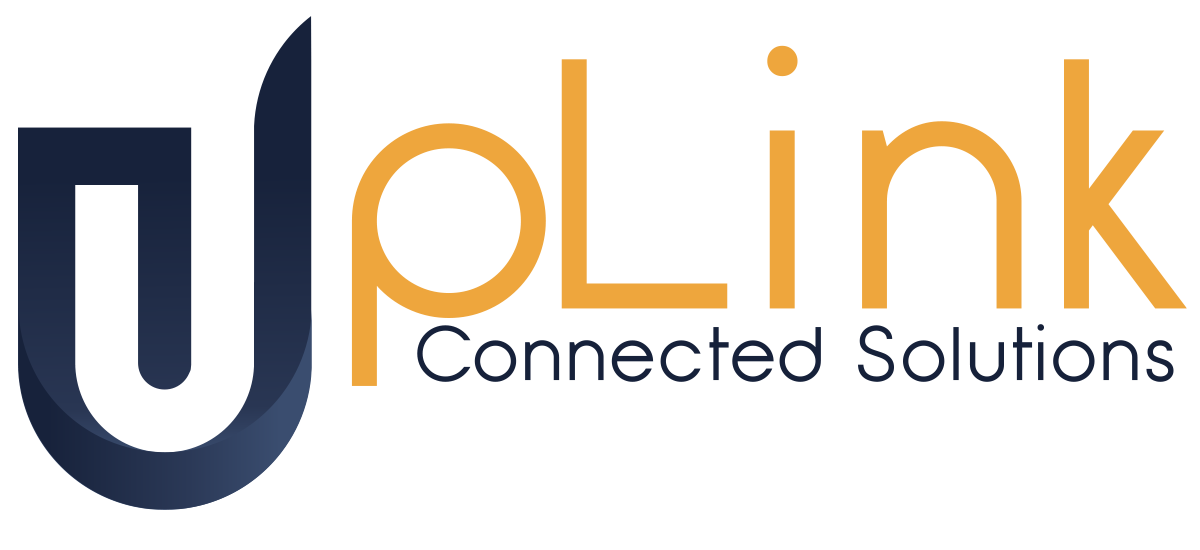Performance Metrics that Matter in Sales Outsourcing
In today’s hyper-competitive business landscape, sales outsourcing has become a vital strategy. Outsourcing ensures that businesses can leverage external resources and expertise to boost sales performances. But how can a company truly measure the success of their sales outsourcing? The key lies in identifying and tracking the right performance metrics. This article provides a closer look at the most vital metrics in sales outsourcing to help your business succeed.
Conversion Rate
Undoubtedly, one of the most significant metrics to track in sales outsourcing is the conversion rate. This metric provides the percentage of prospects that are converted into paying customers. If the outsourced team has a high conversion rate, it means they have mastered the art of persuading prospects to purchase your products or services. Conversely, a low conversion rate could indicate a need for further training or different sales tactics.
Sales Cycle Length
Sales cycle length is another critical metric to consider in sales outsourcing. This performance indicator tracks the amount of time required to move a prospect from the initial contact stage to the final sale. Businesses aiming for efficiency should look for a shorter sales cycle length. However, it’s important to note that a too-speedy sales cycle might lead to inadequate rapport-building, which could negatively impact customer relationships and future sales.
Cost Per Acquisition (CPA)
In outsourcing scenarios, the Cost Per Acquisition (CPA) is a crucial metric to track. This parameter provides information on the total cost involved in converting a prospect into a paying customer. The lower the CPA, the cost-effective the outsourced sales process. Therefore, tracking and working on strategies to diminish CPA can directly increase your return on investment.
Understanding these key performance metrics can spell the difference between a successful or a poor outsourcing approach. However, it doesn’t end there. There are other parameters that can add depth to your understanding and tracking of sales performance.
Customer Lifetime Value (CLV)
The Customer Lifetime Value (CLV) is a forward-looking metric capturing the total projected revenue from any given customer. A higher CLV indicates a more profitable customer base, which is a testament to the effectiveness of your outsourced team’s sales and customer retention strategies.
Customer Satisfaction
While distinctly qualitative, customer satisfaction can’t be overlooked. This metric can offer valuable insights into the customers’ experience with your products or services, as well as the sales process. By regularly surveying customers, you can find avenues for improvement and raise both sales and retention rates.
Percentage of Sales Goals Reached
Last but not least, it’s essential to track the percentage of sales goals reached. This straightforward metric determines whether your outsourced sales team is meeting, exceeding, or falling short of your business’s established targets.
With these performance metrics in hand, any business can make the most of sales outsourcing. By focusing on results, taking a data-driven approach, and continuously fine-tuning the outsourcing strategy, a business can reach its maximum potential and achieve exceptional sales success.
In conclusion, outsourcing your sales is a powerful strategy. To make it work for your business, remember to keep a constant eye on these performance metrics and make informed decisions based on data. After all, the success of any outsourcing initiative hinges on diligent monitoring and prompt action.
Explore More & Get Tailored Support
To explore more insights about this topic, click here. For a comprehensive overview of how we can support your business, visit our Services page. We also offer a free 1-hour consultation to help you get started with expert guidance. And if you have any questions or would like to connect directly, don’t hesitate to reach out via our Contact Us page.


